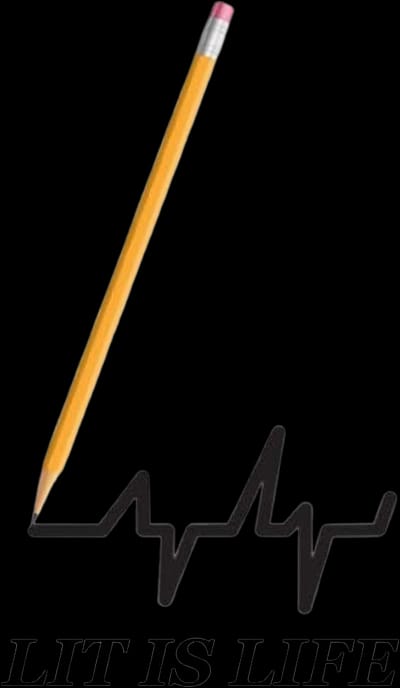WRITERS BLOCK: The Guide To Blocking Writers Block

I’ll make the assumption that if you’re reading this blog post you’ve been bitten by the desire to write. Or, you’ve been given a school or work-related assignment, but somehow fell into the wormhole of what you’ve been taught to believe to be writer's block. The good news is, I don’t believe in writer's block and neither should you. So, if you’re ready to take your thinking to the next level, let’s go.
My goal isn’t to tell you that you’ll never face a time in life when you lack creativity, you will. I just don’t agree with placing a stigma on yourself and owning it. Don’t claim it and make it a part of you. In a sense, you’re letting Dr. Bergler burglarize you of creativity. Just because he coined the term "writer’s block" in 1947, doesn’t mean you have to wear it like a jacket.
Do yourself a favor, stop thinking and saying you have writer's block. You have to be aware of your mind and the things you attach to your intellectual thought process. With that being said, I’ve come up with a new writer’s block to block the old writer’s block. Before we get into the new writer’s block, we have to establish the fact that this will take intentional and deliberate action on your part. You will need to assess yourself to find out who you are, and determine what factors play into your creative powers.
You have to realize that you were created to create. You don’t have “writer’s block,” you just need to utilize the new writer’s block we’re going to create, to block the old writer’s block you thought you had. By now you might be thinking, “what the heck is this dude talking about, and why is he playing on words this way?”
Well, I’m glad you asked.
Since the subject of the matter includes the words “writer’s” and “block”, I decided to play on these words to establish a writer’s block. A block as we know it in the world of shapes is a cube which has six sides. I’m going to share with you six different principles to help you self evaluate. Each principle will represent one side of the cube until the writer’s block is complete. Use your imagination, each side of the writer’s block will contain a different aspect of your life that you must consider.
My hope is to get your mind back to a place and space where you can create content. The first side to consider for blocking writer’s block is:
1. Thoughts- As you begin the process of creating content, what are your thoughts? Are you thinking about the task at hand, or is your mind wandering into other aspects of life? Are random thoughts distracting you from creating content?
2. Emotions- At this moment where are you emotionally? Are you in an emotional space that is conducive to creating content? Or is your emotional space the very block you think you have?
3. Environment- Are you in an environment that is conducive to creating content? Or, do you need to relocate to a place where your composition can thrive?
4. Task- Are you absolutely locked in and focused on the task of writing? Or, are you juggling multiple tasks?
5. Time- What’s the deadline? When’s the due date? Did you wait until the last minute to start writing? Are you being pressured as a result of procrastination?
6. Research- Are you absolutely sure you have enough understanding of the subject to begin writing? Do you need to do more research? Do you need further examples? Do you need other sources to aid you?
After you’ve gone over these six principles you should be able to mentally roll this block and see which side gives you the tools you need to create content. Keep writing, my friend.
